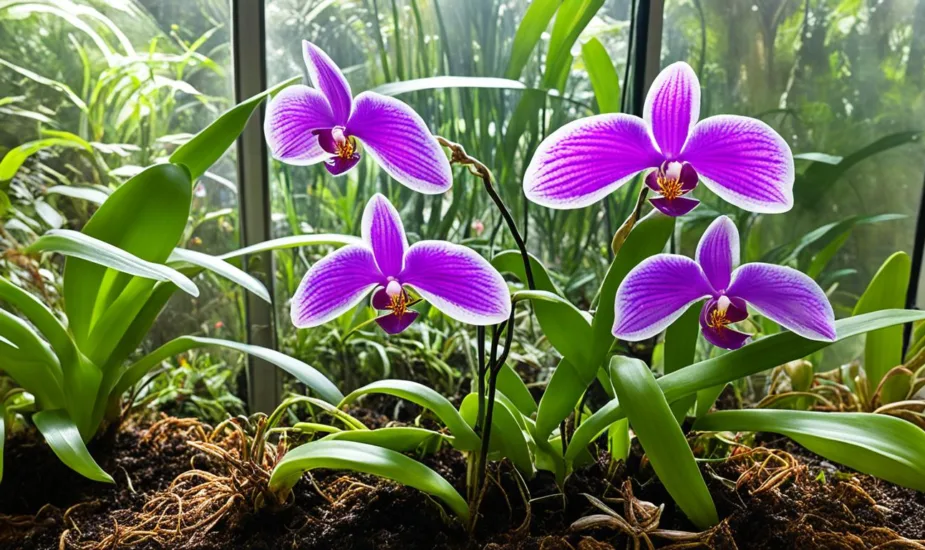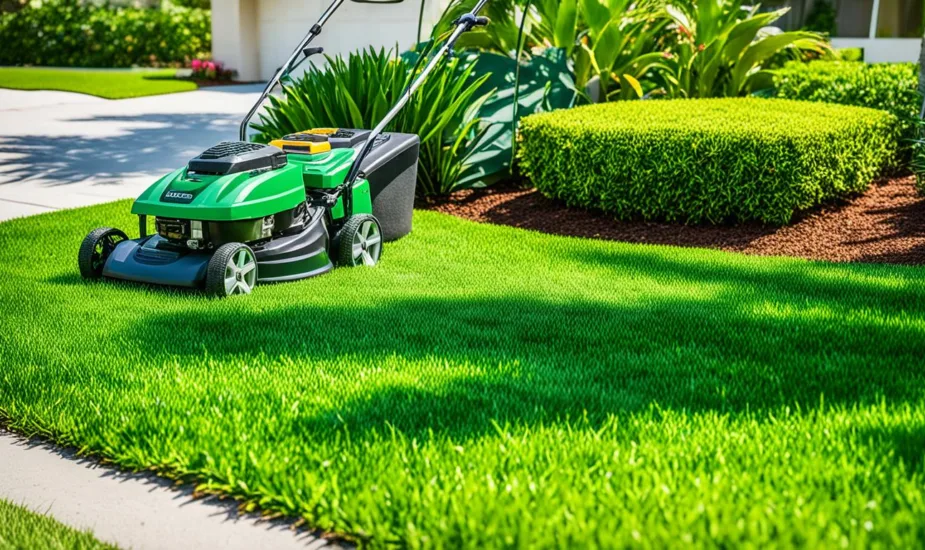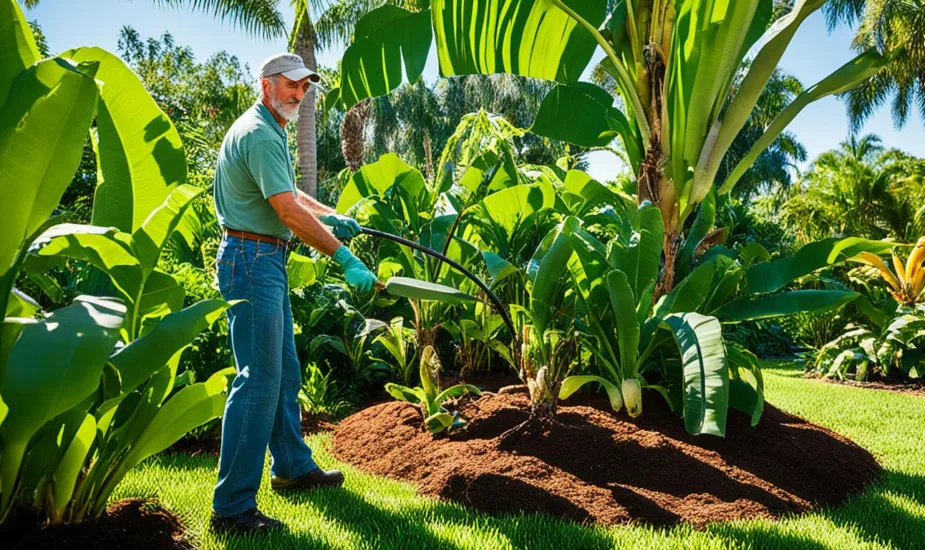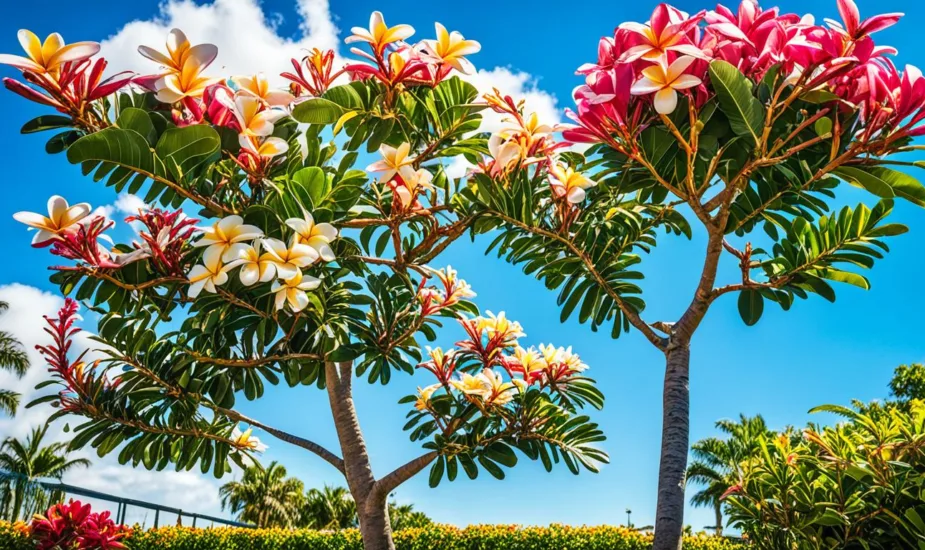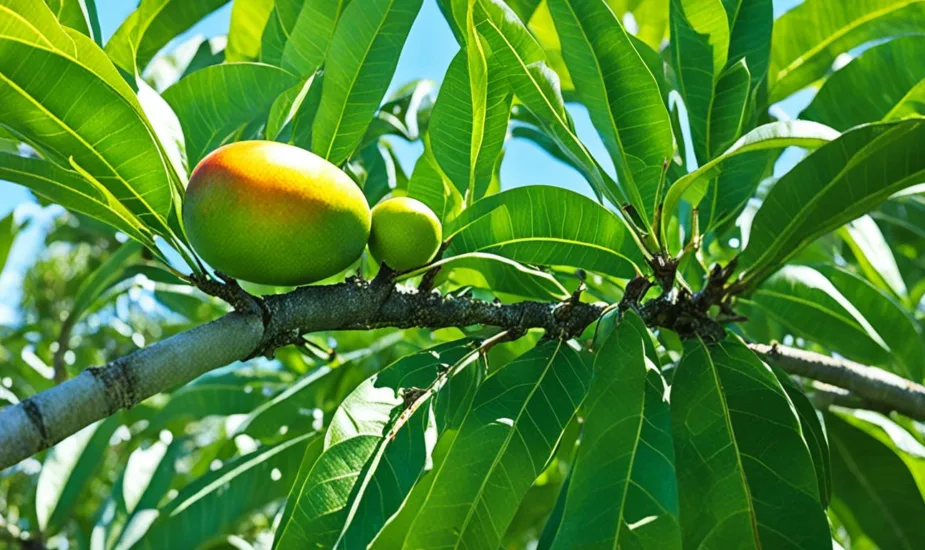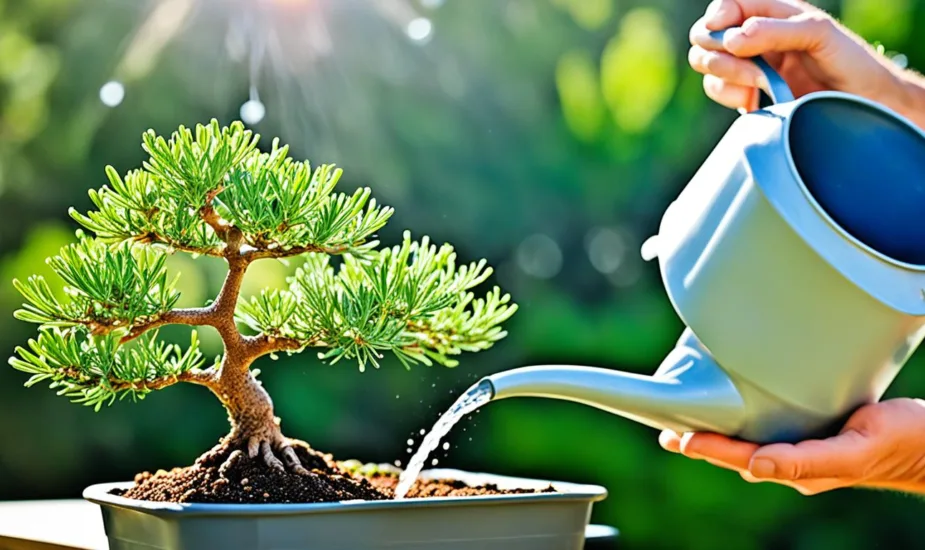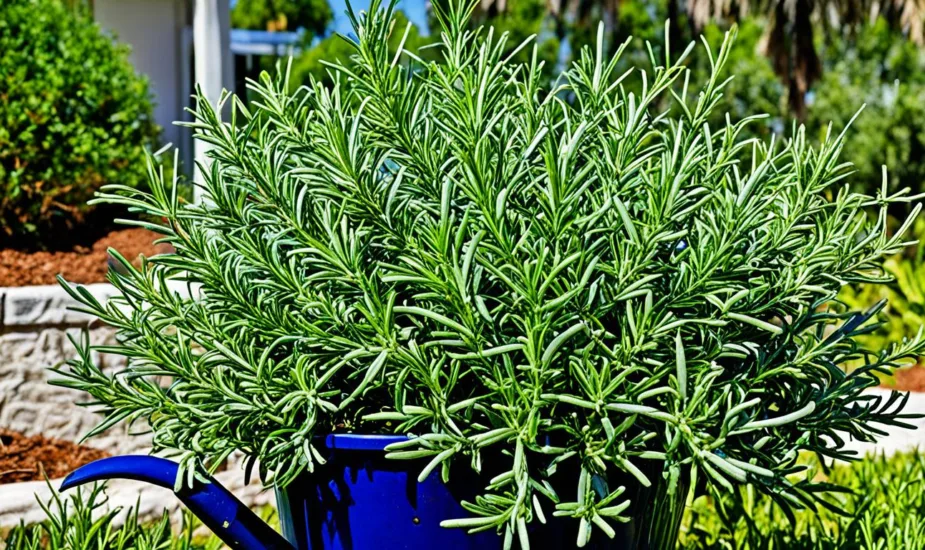Mastering Lime Tree Care in Florida: Tips & Tricks
Unlock the secrets to thriving lime trees with essential tips on pruning, fertilization, and pest control, ensuring robust lime tree care in Florida.
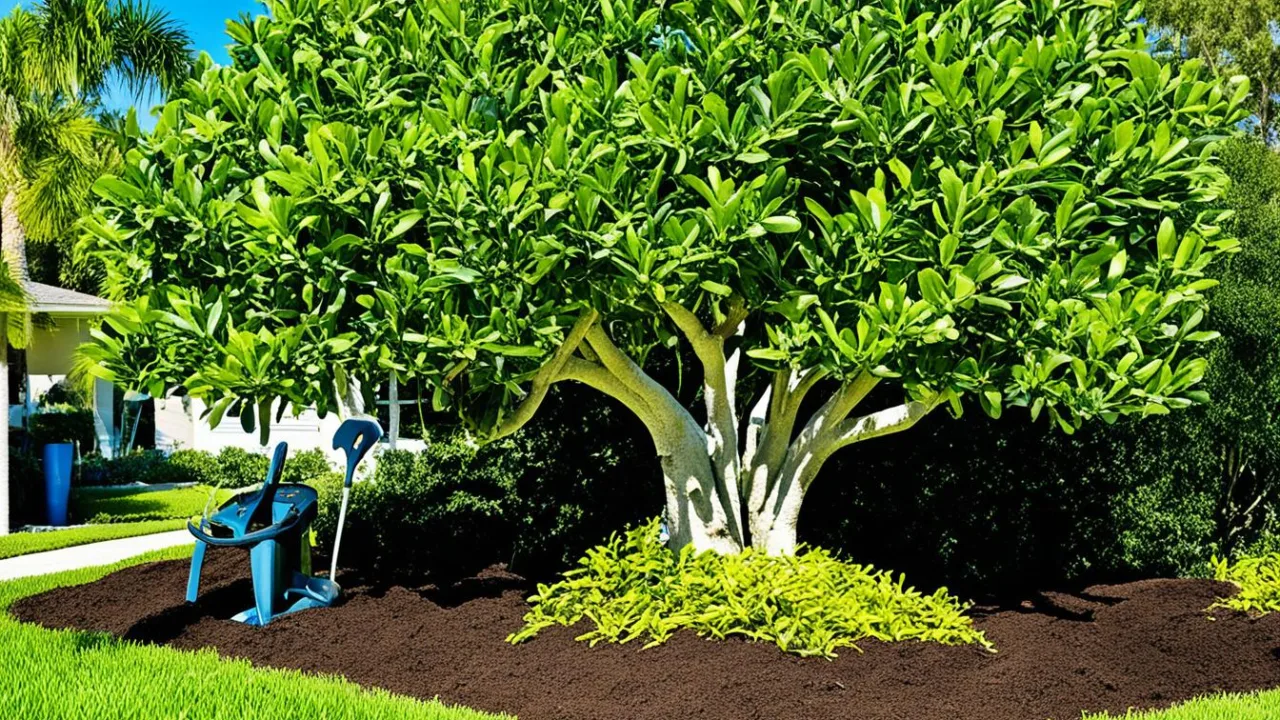
Imagine strolling through your garden on a warm sunny day, sipping on a refreshing glass of homemade limeade. The tangy aroma of freshly squeezed limes fills the air, making your mouth water in anticipation of the zesty flavor. As you approach your prized lime tree, you can’t help but marvel at its vibrantly green leaves and the abundance of juicy fruits hanging from its branches. This is the result of mastering the art of lime tree care in Florida.
Florida, with its sunny climate and tropical vibes, is the perfect place to grow lime trees. However, like any plant, lime trees require specific care to thrive and produce the best fruits. From pruning and fertilization to pest control and watering, there are a few key tips and tricks that can help you become a master of lime tree care in Florida.
Choosing the Right Lime Tree Variety for Florida
When it comes to growing lime trees in Florida, selecting the right variety is crucial for success. You’ll want to choose a lime tree variety that not only thrives in the Florida climate but also has good cold tolerance. This ensures that your lime tree will withstand the occasional cold snaps that Florida can experience.
Here are some of the best lime tree varieties for Florida:
- Persian Lime: This is one of the most popular lime tree varieties for Florida. It is known for its juicy, seedless fruit and its ability to tolerate cooler temperatures.
- Key Lime: If you’re looking for that classic lime flavor, the Key Lime is an excellent choice. It produces small, yellow fruits with a strong, tart taste.
- Kaffir Lime: Known for its aromatic leaves and distinct flavor, the Kaffir Lime is an excellent choice for culinary purposes. It is also tolerant of Florida’s climate.
When selecting a lime tree variety, it’s also important to consider the rootstock on which the tree is grafted. This can impact the tree’s hardiness, size, and overall performance. Be sure to choose a reputable nursery or supplier that offers lime trees on suitable rootstocks for Florida conditions.
By choosing the right lime tree variety for Florida and considering the rootstock, you’ll be one step closer to enjoying homegrown limes straight from your backyard.
Pruning and Training Lime Trees in Florida
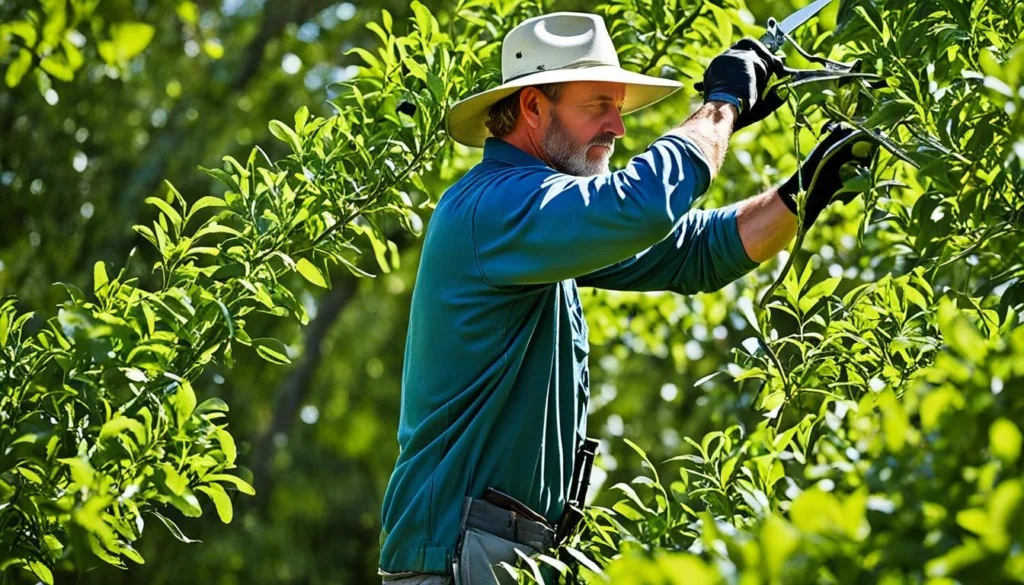
Pruning lime trees in Florida is a crucial aspect of their care that should not be overlooked. Proper pruning helps maintain the tree’s shape, stimulates healthy growth, and improves fruit production. By following the right techniques, you can ensure your lime trees thrive and yield abundant fruits.
It is recommended to prune lime trees in late winter or early spring before new growth begins. This timing allows the tree to recover quickly and maximize its potential for the upcoming growing season. Before you start pruning, gather the necessary tools, such as sharp pruning shears and loppers.
The pruning process involves several key steps:
- Remove dead or diseased branches: Begin by identifying and removing any dead or diseased branches. These can hinder the overall health of the tree and attract pests. Make clean cuts just above the branch collar, leaving no stubs.
- Thin out crowded areas: Lime trees benefit from good air circulation, so thin out crowded areas to alleviate congestion. This allows sunlight and air to reach all parts of the tree, improving overall health. Remove any branches growing toward the center of the tree or crossing each other.
- Shape the tree: To maintain an open center, shape the lime tree by removing branches that are growing too vertically or horizontally. Aim for a balanced structure that allows for easy access to sunlight and promotes uniform fruit ripening.
Proper pruning not only helps manage the size of the tree but also makes it easier to harvest the fruits. By maintaining a manageable height and shape, you can reach the branches without strain or difficulty.
Remember, pruning is a careful process that requires precision and consideration for the tree’s overall health. Always sterilize your tools before pruning to prevent the spread of diseases.
Pruning Tips:
- Prune away any branches crossing each other or growing towards the center.
- Remove dead or diseased branches promptly to prevent further damage.
- Make clean cuts just above the branch collar, leaving no stubs.
- Avoid pruning during the active growth phase as it may result in excessive sap bleeding.
- Consult a professional arborist if you are unsure about the pruning process or need assistance with more complex pruning tasks.
Proper pruning and training of lime trees contribute to their overall health, productivity, and aesthetic appeal. By investing time and effort in pruning, you can create a well-shaped tree that yields an abundance of delicious citrus fruits.
Fertilizing Lime Trees in Florida
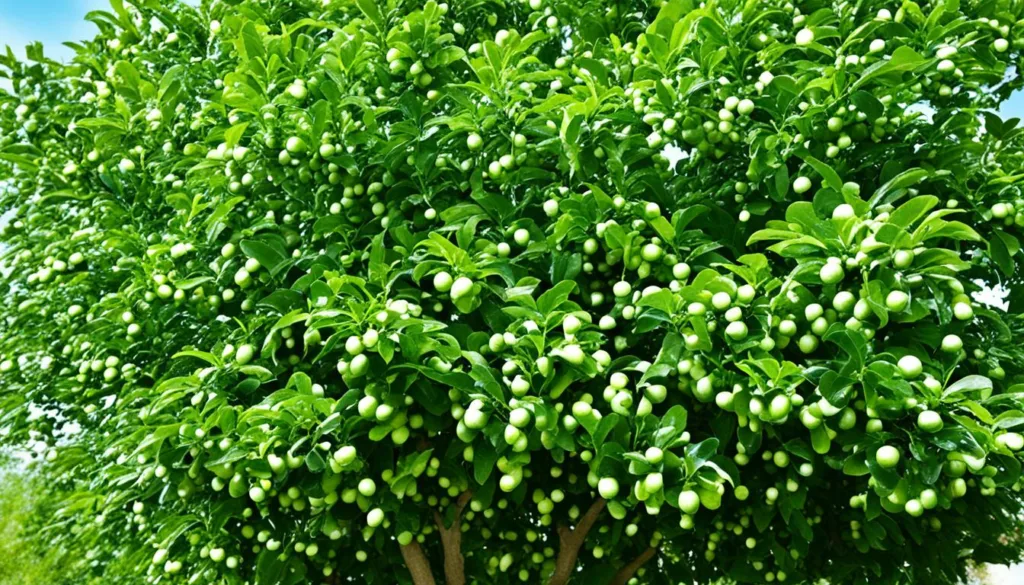
Proper fertilization is crucial for the growth and development of lime trees in Florida. As a dedicated lime tree enthusiast, I have found that following a consistent fertilization schedule can have a profound impact on the health and productivity of these tropical beauties. In this section, I will share valuable citrus tree care tips and guide you through the best practices of lime tree fertilization.
The Importance of Proper Fertilization
Lime trees, like all plants, require essential nutrients to thrive. Fertilizing your lime trees ensures that they receive an adequate supply of nitrogen, phosphorus, and potassium (NPK) – the key elements for healthy growth, vibrant foliage, and bountiful fruit production.
When it comes to fertilizing lime trees in Florida, timing is crucial. It is recommended to fertilize your lime trees three times a year – in early spring, late spring, and early fall. These intervals coincide with the trees’ growth stages and ensure a consistent nutrient supply throughout the year.
Choosing the Right Fertilizer
Not all fertilizers are created equal, especially when it comes to citrus trees like lime trees. To provide your lime trees with the best nutrition, opt for a balanced citrus fertilizer with an NPK ratio of 2:1:1. This ratio supports healthy growth, leaf development, and fruit production.
When selecting a citrus fertilizer, look for key nutrients such as iron, manganese, and zinc. These trace elements are essential for preventing nutrient deficiencies, which can negatively impact the overall health of your lime trees.
Proper Application Techniques
Applying fertilizer correctly is just as important as choosing the right one. To ensure optimal absorption and minimize the risk of burning the tree’s roots, follow these application tips:
- Apply the fertilizer evenly: Spread the fertilizer evenly around the tree’s drip line, which is the area where rainwater typically drips off the outermost branches. This ensures that the fertilizer is distributed evenly, reaching the tree’s entire root system.
- Avoid direct contact with the trunk: Keep the fertilizer at least 6 inches away from the trunk to prevent potential damage to the tree.
- Water after application: After applying the fertilizer, water the area thoroughly to help the nutrients penetrate the soil and reach the roots.
By following these proper application techniques, you can maximize the benefits of lime tree fertilization and provide your trees with the nutrients they need to thrive.
The Rewards of Proper Fertilization
Regular fertilization sets the stage for success in lime tree care. By nourishing your lime trees with the right nutrients at the right times, you can expect:
“Lush foliage, improved flower and fruit production, and overall healthier lime trees. Proper fertilization also enhances the tree’s ability to resist pests and diseases, ensuring their long-term vitality.”
So don’t underestimate the power of lime tree fertilizer – it’s the secret ingredient to a thriving lime tree garden in Florida.
Pest and Disease Control for Lime Trees in Florida
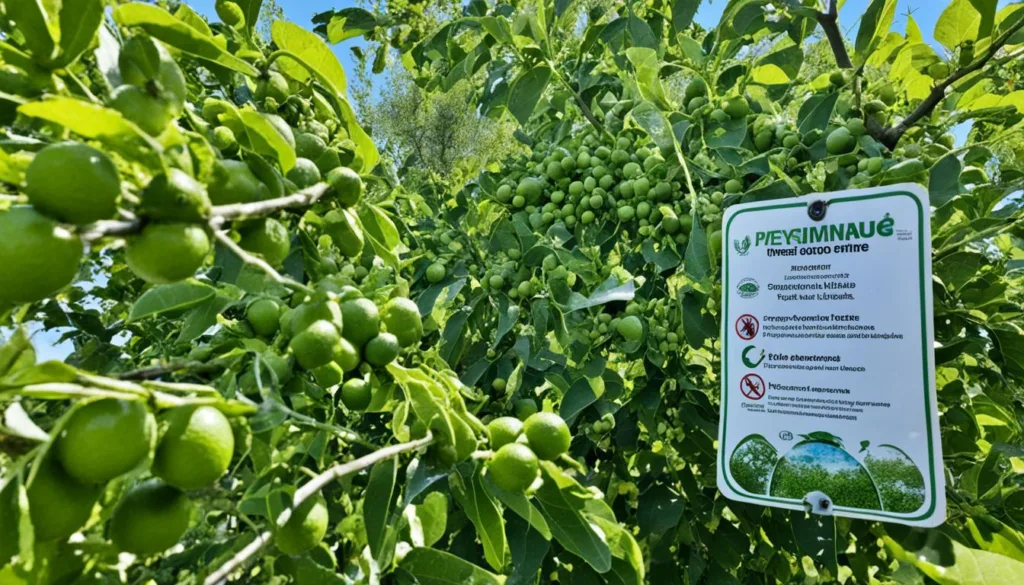
As lime trees in Florida are prone to various pests and diseases, it’s essential to be diligent in their control and prevention. Common pests that can wreak havoc on lime trees include aphids, citrus leaf miners, and citrus psyllids. Regularly inspecting your trees for signs of infestation, such as yellowing leaves, distorted growth, or sticky residue, can help you identify and address pest problems in their early stages.
To control pests on your lime trees, there are several measures you can take:
- Natural Predators: Encourage the presence of natural predators like ladybugs, lacewings, and parasitic wasps, which feed on common lime tree pests. Planting flowers with small, shallow nectar sources near your lime trees can attract these beneficial insects.
- Biological Control: Introduce beneficial insects and organisms, such as predatory mites or nematodes, to combat specific pests without the need for chemical intervention. These biological controls can help maintain a balanced ecosystem in your lime tree environment.
- Horticultural Oils: Applying horticultural oils, like neem oil or insecticidal soap, can suffocate and disrupt the life cycle of pests on lime trees. Be sure to follow the instructions on the product label and apply the oils when the trees are not under environmental stress.
- Chemical Pesticides: If pest populations become severe and natural or biological controls are ineffective, you may consider using chemical pesticides. However, it’s crucial to select pesticides labeled for citrus trees and follow the instructions carefully to minimize the impact on beneficial insects and the environment.
In addition to pests, lime trees in Florida can also be susceptible to various diseases, including citrus greening disease, citrus canker, and citrus black spot. While some diseases have no cure, implementing proper cultural practices can help minimize the risk of infection:
- Regular Irrigation: Ensure your lime trees receive consistent, deep irrigation to maintain their health and vigor. Avoid overwatering to prevent root rot and other water-related diseases.
- Pruning: Prune your lime trees regularly to remove dead or diseased branches, improve air circulation, and minimize the risk of disease spread. Pruning also helps maintain the tree’s shape and size, making it easier to manage and harvest the fruits.
- Cleanliness: Keep your lime tree area clean from fallen leaves, twigs, and fruit debris, as they can harbor pests and pathogens. Dispose of any infected plant material appropriately to prevent disease recurrence.
In severe cases where pest or disease problems persist despite your best efforts, it’s advisable to consult with a professional arborist or horticulturist. They can provide expert guidance and recommend appropriate treatments or control strategies tailored to your specific lime tree situation.
Common Lime Tree Pests and Diseases
| Pests | Signs and Symptoms | Control Measures |
|---|---|---|
| Aphids | Distorted growth, curled leaves, sticky residue (honeydew) | Natural predators, biological control, horticultural oils, chemical pesticides |
| Citrus Leaf Miners | Winding trails on leaves, leaf curling, stunted growth | Natural predators, biological control, horticultural oils |
| Citrus Psyllids | Yellowing leaves, distorted growth, small waxy tubules | Natural predators, biological control, horticultural oils, chemical pesticides |
| Citrus Greening Disease | Yellowing shoots, mottled leaves, deformed and bitter fruit | No cure, control by managing infected trees and controlling psyllid populations |
| Citrus Canker | Lesions on leaves, stems, and fruit; corky raised spots | No cure, control by pruning and destroying infected plant material |
| Citrus Black Spot | Black spots on fruit, leaf drop, reduced fruit quality | Fungicidal sprays, proper sanitation, removing infected fruit |
Watering Lime Trees in Florida
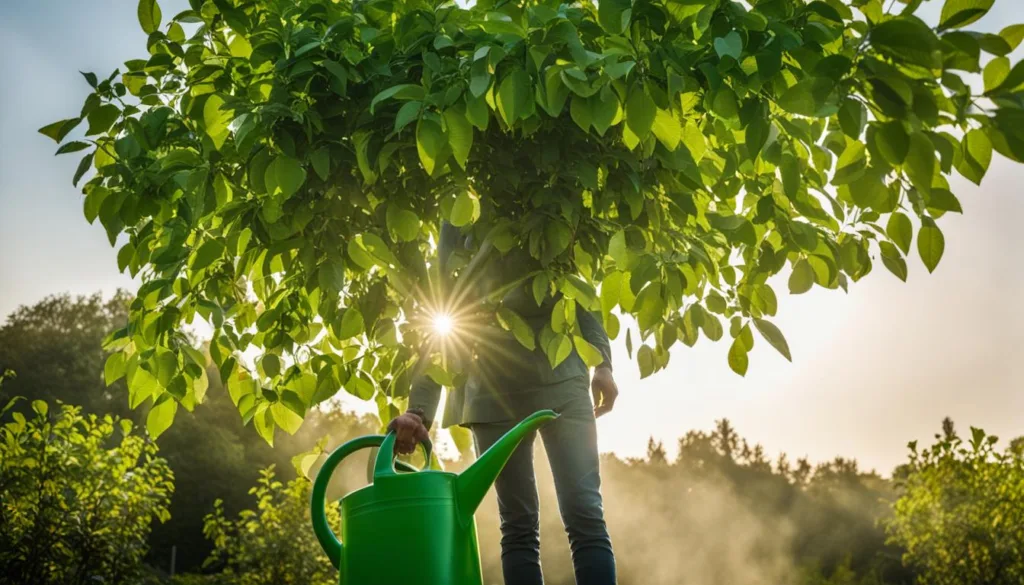
Proper watering is crucial for the health of lime trees in Florida. Lime trees generally have moderate water requirements and should be watered deeply but infrequently. It is important to allow the soil to dry out slightly between waterings to avoid overwatering, which can lead to root rot.
When watering your lime trees, apply water evenly to the tree’s root zone, ensuring that it reaches the deeper roots. This helps the tree establish a strong and extensive root system. The frequency of watering may vary depending on factors such as rainfall, temperature, and soil type. In periods of drought or high temperatures, it may be necessary to increase the frequency of watering to prevent stress and dehydration.
“Proper watering is crucial for the health and productivity of lime trees in Florida. Overwatering can lead to root rot, while underwatering can cause stress and reduced fruit production.”
– Expert Gardener
Here are some citrus tree care tips for watering your lime trees in Florida:
- Use a soaker hose or drip irrigation system to water your lime trees. This ensures that the water is delivered directly to the root zone, minimizing evaporation and maximizing absorption.
- Water your lime trees in the early morning or late afternoon to avoid the hottest part of the day. This allows the water to penetrate the soil before it evaporates.
- Check the moisture level of the soil regularly by inserting your finger into the soil up to the second knuckle. If it feels dry at that depth, it’s time to water.
- Avoid watering the leaves and branches of the lime tree, as wet foliage can increase the risk of fungal diseases.
By following these citrus tree care tips for watering your lime trees in Florida, you can ensure that they receive the right amount of moisture for optimal growth and fruit production.
Recommended Watering Schedule for Lime Trees in Florida
| Season | Watering Frequency |
|---|---|
| Spring | Every 7-10 days |
| Summer | Every 4-7 days |
| Fall | Every 7-10 days |
| Winter | Every 10-14 days |
Note: Adjust the watering frequency based on rainfall and temperature conditions.
Conclusion
In conclusion, caring for lime trees in Florida requires attention to specific details that contribute to their overall health and productivity. By following the tips and tricks outlined in this article, you can ensure the success of your lime trees and enjoy a bountiful harvest of tangy fruits.
Firstly, it is essential to choose the right lime tree variety for Florida’s climate. Varieties such as the Persian lime, key lime, and Kaffir lime are known to perform well in this region and produce high-quality fruits. Consider the rootstock on which the lime tree is grafted as well, as it can impact the tree’s hardiness and size.
Secondly, proper pruning and training are crucial for lime trees in Florida. Regular pruning in late winter or early spring helps maintain the tree’s shape, promotes healthy growth, and improves fruit production. Additionally, fertilizing lime trees three times a year with a balanced citrus fertilizer will ensure they receive the necessary nutrients for optimal growth and fruit development.
Pest and disease control are also vital aspects of lime tree care in Florida. Regular inspection for pests such as aphids, citrus leaf miners, and citrus psyllids is essential. Implementing preventive measures and seeking professional assistance when needed will help protect your trees from diseases such as citrus greening disease, citrus canker, and citrus black spot.
Lastly, proper watering is crucial for the health of lime trees in Florida. They require moderate water amounts, so it is important to water deeply but infrequently. Providing water to the root zone and allowing the soil to dry out slightly between waterings will prevent overwatering and root rot.
By following these lime tree care tips in Florida, you can enjoy thriving trees that continue to provide you with abundant and delicious fruits for years to come.
 Little Garden Tips
Little Garden Tips




